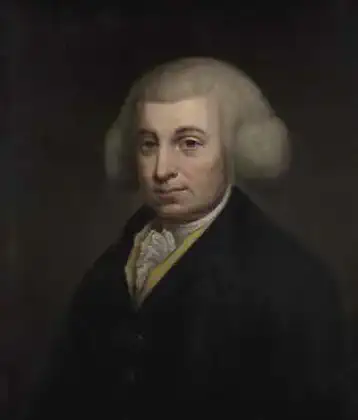On January 01, 1767 in Celtic History
Maria edgeworth, irish author, is born

Maria Edgeworth (1 January 1768 – 22 May 1849) was a prolific Anglo-Irish novelist of adults’ and children’s literature. She was one of the first realist writers in children’s literature and was a significant figure in the evolution of the novel in Europe.
She held views on estate management, politics and education, and corresponded with some of the leading literary and economic writers, including Sir Walter Scott and David Ricardo.
Maria Edgeworth was an Anglo-Irish writer known for her significant contributions to literature during the late 18th and early 19th centuries. She was born on January 01, 1768, in Black Bourton, Oxfordshire, England, and spent much of her life in Ireland.
Some key points about Maria Edgeworth:
Literary Career: Edgeworth’s literary career spanned novels, children’s literature, essays, and educational works. She was a contemporary of Jane Austen and Sir Walter Scott.
Notable Works: One of her most famous works is “Castle Rackrent” (1800), which is often considered the first historical novel and provides a satirical depiction of the Irish landlord class. Other notable works include “Belinda” (1801), “The Absentee” (1812), and “Ormond” (1817).
Educational Contributions: Edgeworth was also known for her educational writings, including collaborations with her father, Richard Lovell Edgeworth. Their work “Practical Education” (1798) emphasized practical and hands-on learning methods.
Exploration of Irish Themes: Edgeworth’s works often explored themes related to Irish society, culture, and the complexities of Anglo-Irish relations. Her nuanced portrayal of Irish characters and settings contributed to her recognition as an important Irish writer.
Legacy: Maria Edgeworth’s influence extended beyond her lifetime. Her works were praised for their realism, humor, and social commentary. Although her popularity waned in the Victorian era, her contributions to literature have been reevaluated in more recent times.
Maria Edgeworth passed away on May 22, 1849, in Edgeworthstown, County Longford, Ireland. Her writings continue to be studied for their insights into the social and cultural dynamics of her time.
More From This Day
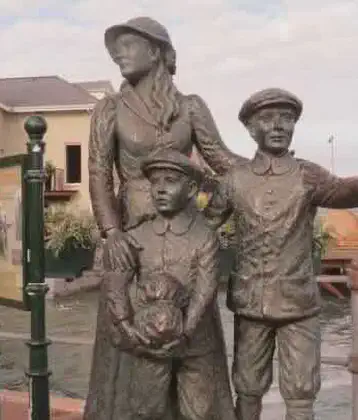
Annie Moore, 15, of County Cork, 1st Irish Immigrant through Ellis Island
January 01, 1892
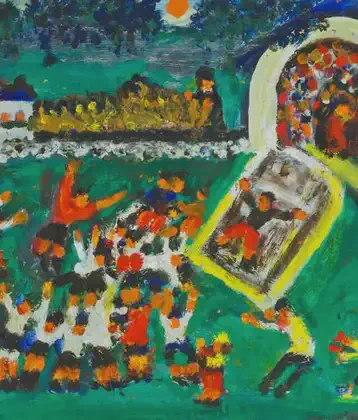

Gladstone's Irish Church Act which disestablishes the Church of Ireland takes effect
January 01, 1871

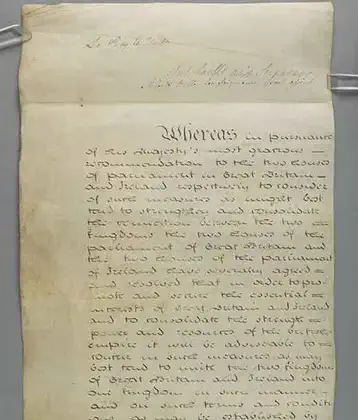
Act of Union goes into Effect, merging the Kingdom of Great Britain and the Kingdom of Ireland
January 01, 1801
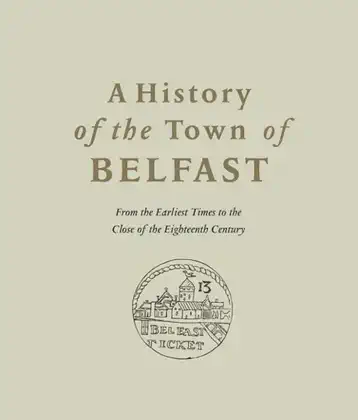
George Benn, businessman and historian of Belfast, is born in Tandragee, Co. Armagh
January 01, 1801

